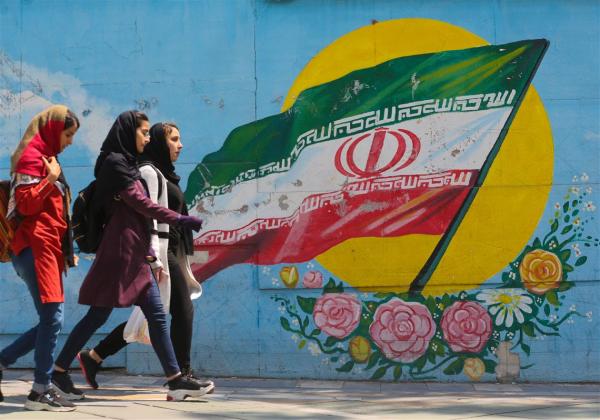
Why were young women poisoned in Iran?
Firoozeh Kashani-Sabet for the Pittsburg Post-Gazette
Iran’s Supreme Leader Ali Khamenei has condemned the suspicious poisonings of students in over 50 girls’ schools, and the state has now arrested around 100 suspects. But how could such attacks have occurred in the first place, leaving Iranian schoolgirls extremely vulnerable?
This year, Women’s History Month marks a somber moment for Iranian schoolgirls, women, and youth.Women’s rights and freedoms remain fragile and precarious, subject often to the whims of the country’s (male) political and religious leaders.
The Islamic Republic has periodically taken aim at two major advances that Iranian women achieved before the regime came to power: the right to education and the right to unveiling. The latter struggle gave expression to an ongoing culture war that saw its most recent manifestation in the “Women. Life. Freedom.” revolutionary uprising.
Iran’s Islamist figures initiated their rule by targeting women’s liberties. On 8 March 1979, Iranian women took to the streets to protest the curtailment of their freedoms, but faced other people chanting the sadistic slogan, “Ya roosari, Ya toosari” (“Either a headscarf or a slap on your head”). Women wearing blue jeans or choosing to unveil became “whores,” while those who reported to work faced other forms of harassment. These foreboding changes augured the beginning of women’s subjugation under the Islamic Republic — a patriarchal rule that has lasted for over four decades.
Like unveiling, women’s education was an early target of the Islamic Republic. Dr. Farrokhrou Parsa, who became minister of education during the Pahlavi era, was summarily executed in 1980 after the revolutionary court found her guilty of spreading corruption on earth. Her crime included support for women’s secular education.
Shortly after the revolution, the age of marriage for women was lowered, and some married women found it hard to attend high school. Meanwhile, authorities promptly rewrote textbooks and reinstituted gender segregation. Girls reported to schools veiled and in proper Islamic dress. Immediately after the revolution, access to higher education was restricted for women as the new regime engaged in cleansing, or “purifying” the educational content of schools and universities.
Although the Islamic Republic subsequently enabled women’s education, it did so within the confines of its patriarchal rules. The state constructed new universities through the Islamic Azad University system, some of whose campuses ironically emerged as hubs of the country’s recent protests.
While the high literacy rate of Iranian women remains a significant success for the regime and its proponents, education did not elevate women’s status in politics or the workplace. Moreover, the state has also occasionally flexed its muscles and imposed restrictions on women’s participation in higher education.
Just over a century earlier, a handful of pioneer women founded the first schools for girls. From the outset, men debated the feasibility of women’s education and the necessity of social policing. Still, the tutelage of women proceeded despite reservations. Others stressed women’s education for maternalist reasons, as women played a key role in nurturing children and tomorrow's citizens. The disagreement on religious pronouncements concerning women’s education opened up pedagogical possibilities to some Iranian women.
The site of schools as the locus of recent attacks on Iranian women stands out as a targeted campaign to enforce a new mode of gender segregation and political deprivation intended to limit women’s access to education and upward mobility. Uneducated women will not be able to access the internet and share their plight with a global community hungry for knowledge about the Islamic Republic.
The international community cannot ignore the distress calls of Iranian girls, women, and youth. Whatever the fissures in the Iranian diaspora community, we owe it to Iranian victims of violence to continue voicing their concerns, fears, and aspirations, which include a right to education without duress and a right to choose in matters of veiling.
The Islamic Republic cannot tout educational progress among its successes when it enables poison attacks on girls in school campuses, assaults women university students, and allows sexual assault of university-aged women and men. The Azad University system that opened doors for Iranian women also imposed its limitations and paternalistic mindset through curricula and the educational system.
At a time when women’s liberties have receded throughout the world, including in neighboring Afghanistan, activists and politicians must redouble their efforts to expose the shortsightedness of anti-women and anti-gender polices. We have to do our part as Iranian students risk their precious lives to push back against intolerance. Refreshingly, the Women. Life. Freedom revolution has borne out the reality that brainwashing in schools and elsewhere remains a colossal failure as gender policy.
Firoozeh Kashani-Sabet is the Walter H. Annenberg Professor of History at the University of Pennsylvania.
First Published March 14, 2023
